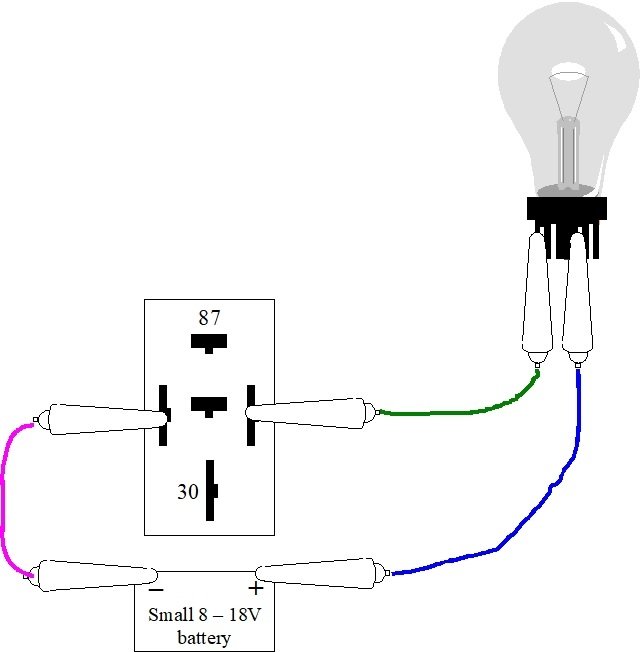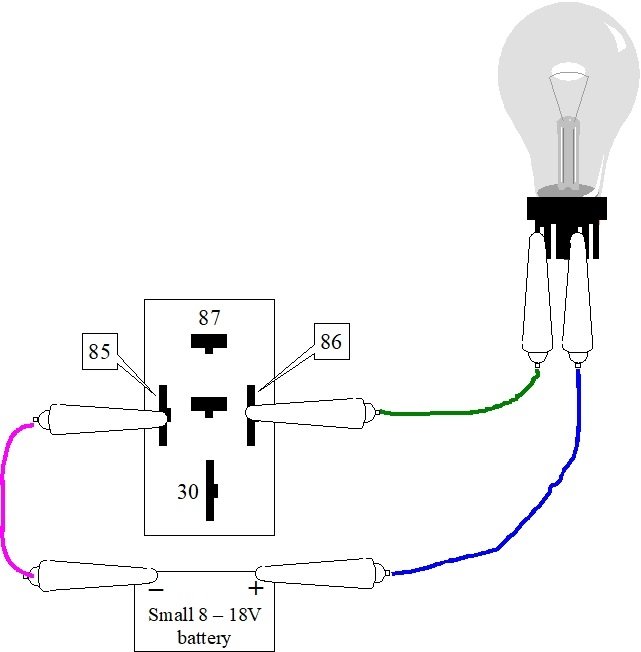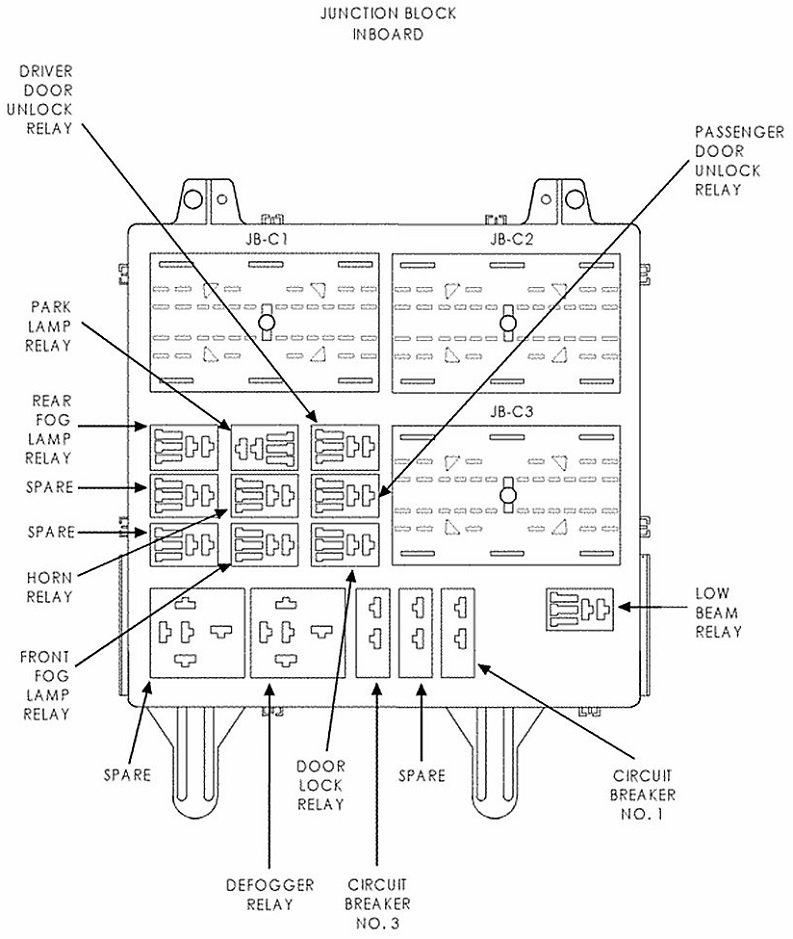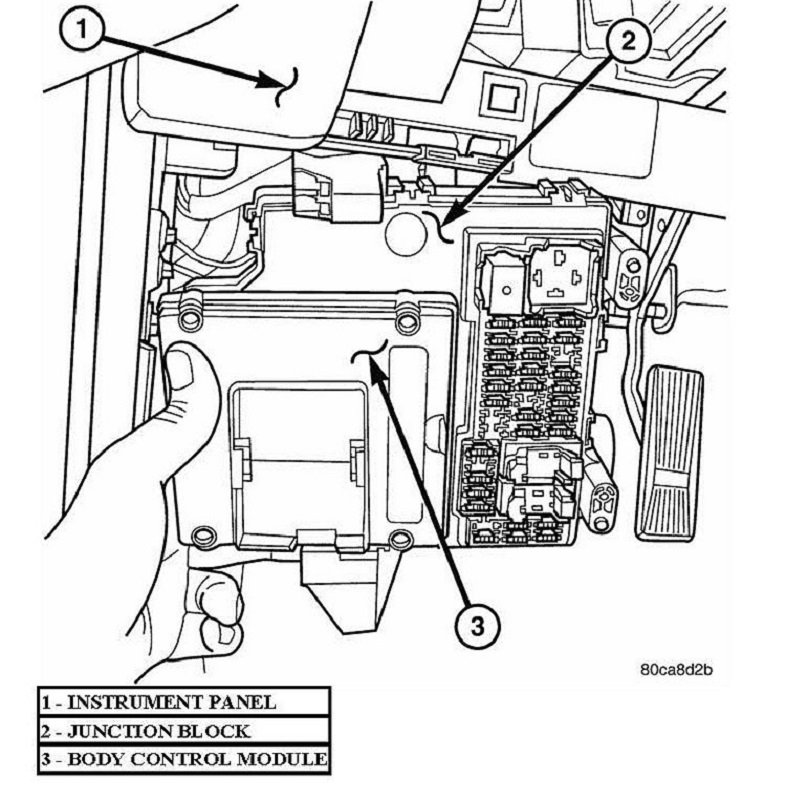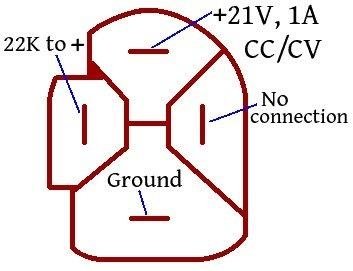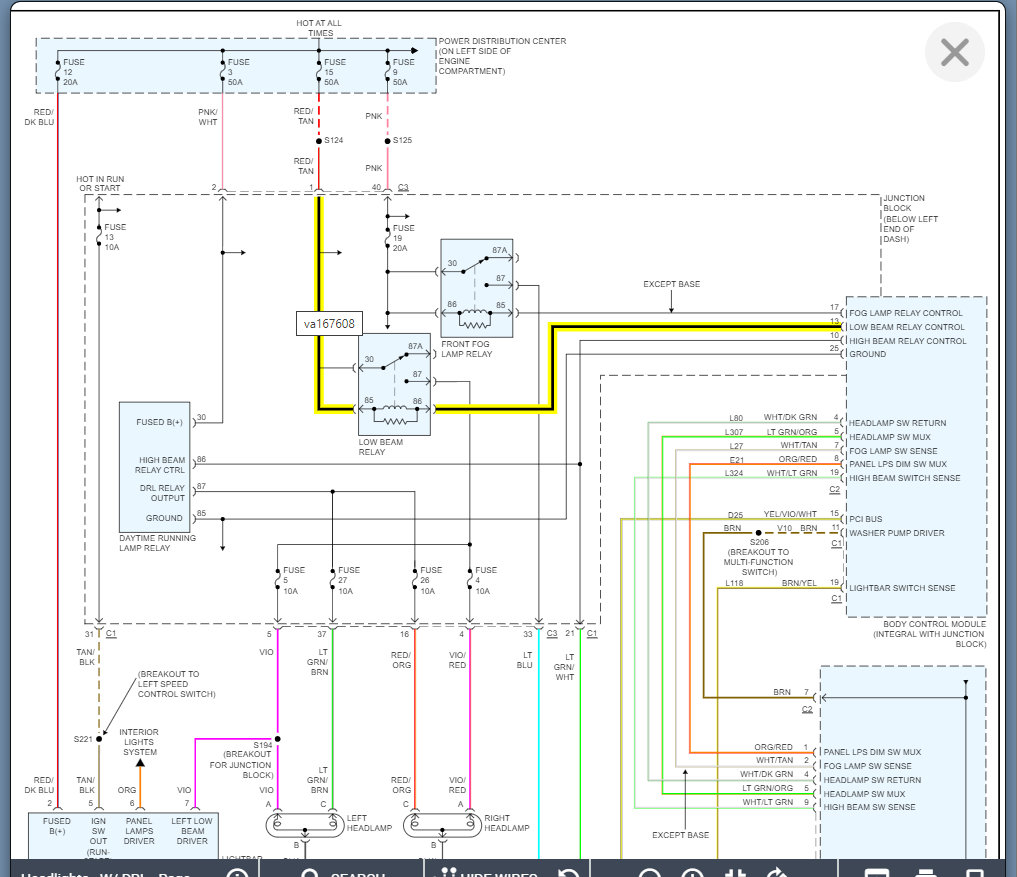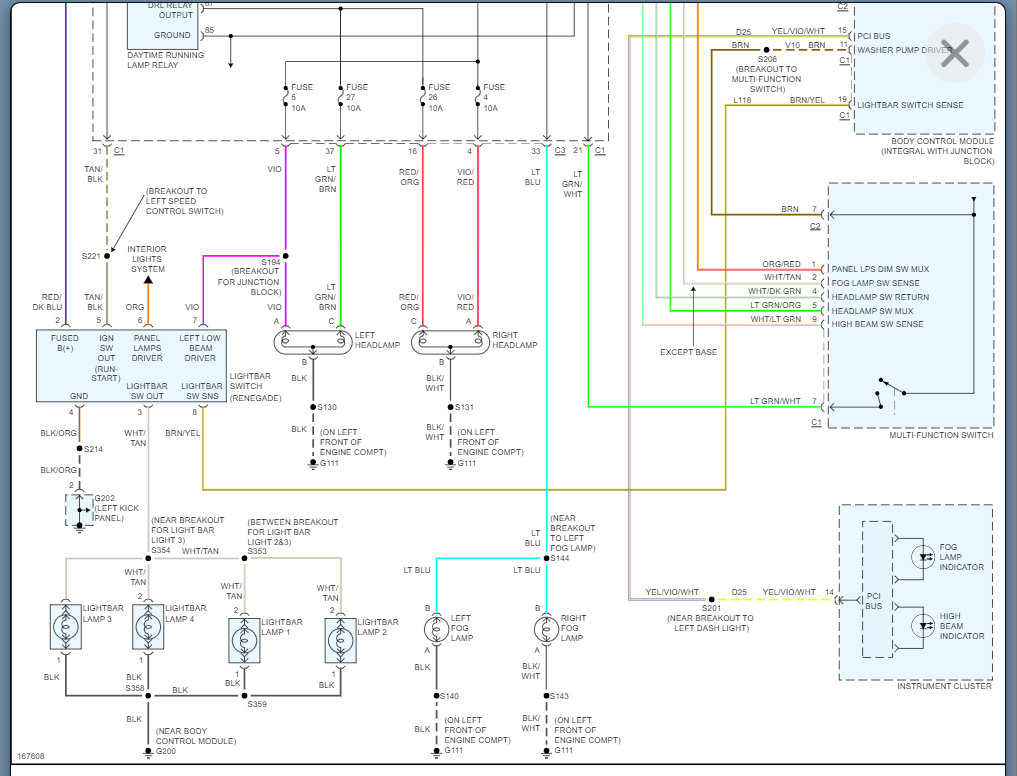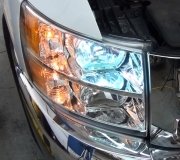Terminal 87A is in the middle. It has no place whatsoever in this story, so don't worry about that one.
You're trying to test a relay, but there's actually two parts to it. Testing the coil is the first part of that. You were correct to use a battery to power the coil, but the confusion comes from knowing which terminals to use, hence my sad drawing. With a simple, basic relay, the coil of wire has two ends with two corresponding terminals. We can measure it with an ohm meter, or we can use the battery, then feel and listen for the click. With this basic relay coil, the positive and negative can be applied to either terminal.
I described the use of a diode across the coil to dampen the inevitable reverse voltage spike that always occurs the instant current flow through the coil is stopped. That diode is the only reason the positive and negative must be applied to the right terminals. All you have to do with your battery is connect the positive post to terminal 86 on the relay, and the negative post to terminal 85. I added those numbers to the drawing below. If the coil is good, you'll hear and feel the click inside the relay.
My only reason for adding the light bulb is for those times you don't know which terminals to use. This way, one of three things will happen:
1. No connection, no current flow, the bulb is off.
2. Proper connection, current flow limited by the bulb's resistance, bulb is dimmer than normal.
3. Solid connection, current flow is limited by the bulb's resistance, bulb is full brightness.
A solid connection is the same as if you connected the pink and green jumper wires together. If the bulb wasn't there, you'd have nothing to limit current flow. The jumper wires would smoke and melt, and you'd burn your fingers. We need something to limit current. The bulb does that while at the same time giving us a nifty visual indication of how much current is flowing.
Almost as bad as a solid connection is when the positive is applied to terminal 85, and the negative to terminal 86. Remember, that would work normally for the basic relay, but we have a diode in your relay. With this reversed connection, that diode will act like a piece of wire, or dead short. There's nothing to limit current flow, so again, the jumper wires would melt and smoke. The diode can't handle that high current so it will short. At that point the relay will never work, even when connected correctly. To prevent that, we add the light bulb. If you connect terminals 85 and 86 backward, the bulb will be full brightness and limit current flow to a safe level. More importantly, there will be no click in the relay. You can switch the jumper wires, then the relay will click since no damage occurred to it. By using the light bulb, you can place the jumper wires on any terminals until you find the two that activate the relay. You don't have to know anything about it as far as which terminal is which.
The second part of testing a relay has to do with the high-current contacts. Those are turning on, meaning connecting terminals 30 and 87 together when the click occurs. At this time, you can use an ohm meter to check if the connection occurred. The ohm meter's reading will change from "open circuit", or infinite, to close to 0 ohms. There's always some resistance in the meter's leads, so a reading of as much as 5 - 10 ohms is normal. The problem with this test method is it doesn't require the contacts to pass very much current. They may be able to pass the few milliamps from the ohm meter, but not the 10 to 30 amps needed by the horn, radiator fan, or fuel pump motor. Every time a high-current circuit is switched off, an arc occurs when the contacts separate. Over time that arcing prevents a nice solid connection from occurring. It's also not uncommon for moisture to get inside the relay and corrode the contacts.
All of this testing is fine when we're learning how relays work, but it's not practical to diagnose a problem this way. The fastest and most effective way we do this is to first place a finger on it, then have a helper turn on the switch that activates that relay. If we feel the click, we know the coil is good, and everything that controls that relay is working. That entire half of the system is done.
For the high-current half of the system, the first step is to remove the relay, then check for 12 volts always on terminal 30. If that's there, and the relay clicks, the last step is to check for 12 volts appearing on the circuit under test. For example, for a dead head light circuit, we'd check for 12 volts at the plug for one of the head lights. If it's not there but every other test was good, we'd suspect the contacts in the relay are arced or there's a break in the wire leaving terminal 87. The next step would be to substitute a different relay as a test. There's almost always up to a half dozen identical relays used for different circuits. There's one for the AC compressor clutch, one or two for the wipers, one for the fuel pump, etc. Any of those can be used. If that gets the system working, it's pretty obvious the relay was defective and must be replaced. If that doesn't get the system working, we know the problem lies further down the circuit, so we'd follow that wire to the next test point.
Hope that clarifies the issue. Hit me with your next question.
Image (Click to make bigger)
Wednesday, June 22nd, 2022 AT 2:32 PM
